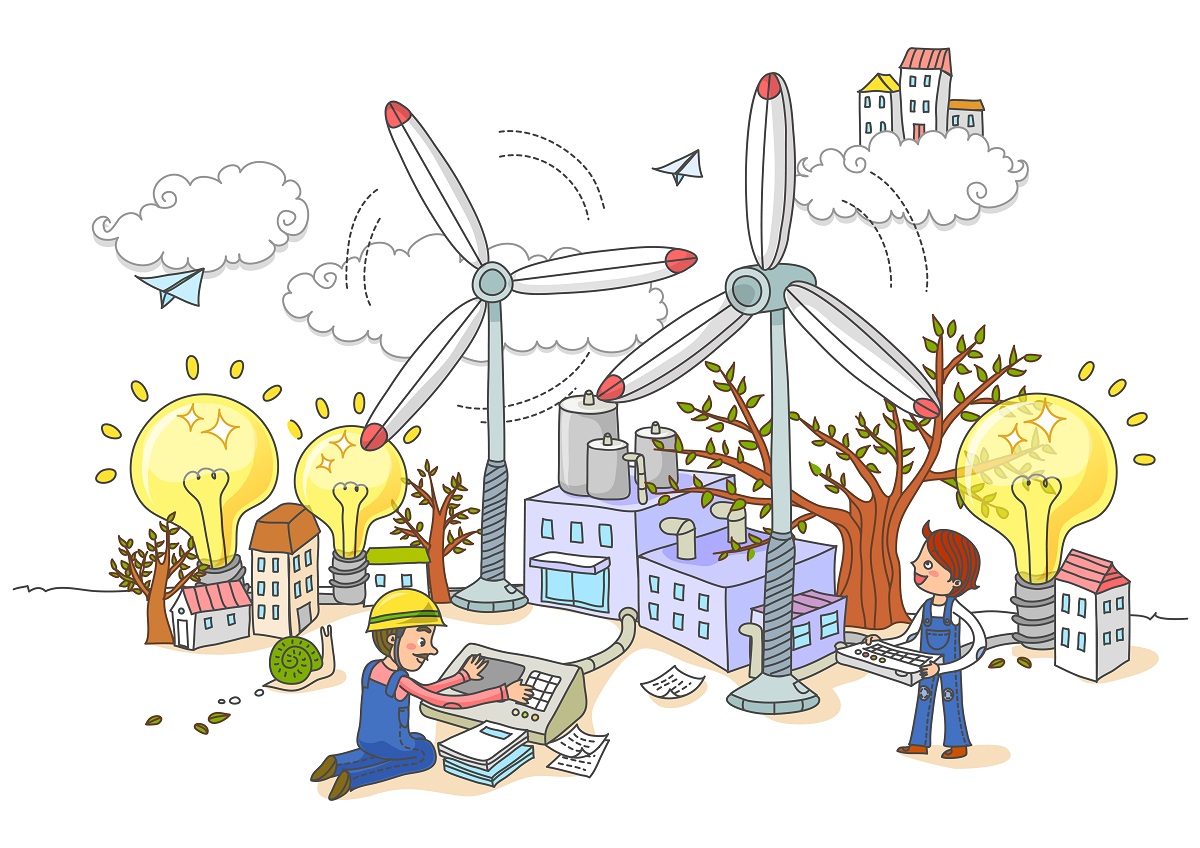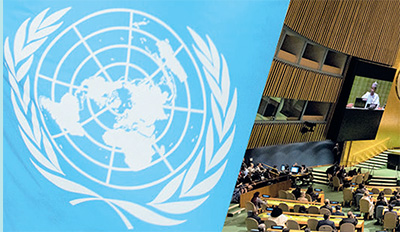At a time when cutting-edge innovation has become the leitmotif of our economies, the term “frugal innovation” might sound out of place. Yet the emerging trend of trying to save costs while breaking ground doesn’t mean innovating less, just smarter.
Indeed frugal innovation is a longstanding practice in emerging markets where entrepreneurs are forced to come up with low-cost and creative solutions to complex socioeconomic issues. The concept has its roots in the India concept of “Jugaad,” which means finding smart fixes to everyday issues. Now the ongoing twin health and economic crises swiftly put the frugality concept on export to the rest of the world: How do we strive for the best when resources are limited?
The answer is relevant for all: a sharp turnaway from complex over-engineering, massive budgets and rigid development processes towards improvised fixes, repurposing existing resources and decentralized distribution networks.
Here are a few recent examples, big and small, putting frugality and circularity into action:
From cool to clean

In the tech-hub state of Karnataka located in the southwestern region of India, two researchers from the National Institute of Technology have done their part in the fight against the coronavirus by turning an old fridge into a disinfection chamber.
- The machine — baptized ‘Zero Cov’ — can disinfect anything: from fruit and vegetables to surgical masks to coins and bills s using three UV-C lamps with a wavelength of 254 nanometres.
- According to the team, the chamber eradicates 99.9% of microorganisms living on the surface of an item within 15 minutes, using no toxic agent or chemical. The goal is to enable people to use the same technology used in hospitals to build makeshift disinfection chambers for items kept at home, like old boxes or suitcases.
From radiology to renewable energy

A team of U.S. engineers are applying MRI scanning technology to develop a more powerful superconducting generator for offshore wind turbines. According to the General Electric team, leveraging decades of advances in MRI image quality can drive down the levelized cost of energy — a key challenge in offshore wind.
- With MRI, the improved image quality is a result of increasing the magnetic field of the superconducting magnets. Wind turbines, too, are dependent on strong magnets to generate wind power with high efficiency. Ramping up the strength of the magnetic field would therefore increase the power output without the side-effect of more emissions or adding weight to the turbine.
- Integrating superconducting magnets would also eliminate the need for rare earth materials, which are an essential component in the traditional magnets used in offshore wind turbines.
- The team was recently awarded additional funding of $20.3 million from the US Department of Energy.
Solar pest-control cart

Scientists from the Indian Institute of Technology Kharagpur have developed a semi-automated, solar-powered pest-control device that reduces the labour burden of small-scale farming, which accounts for 82% of India’s farming community.
- The three-wheeled cart frees farmers from the burden of carrying the entire volume of pesticide on their back and is powered by a roof of solar panels.
- The university team has filed a patent for the sprayer that is already set for commercialization.
Pee Power
A spinoff from the University of West England has invented a technology that transforms urine and wastewater into electricity.
- Robial’s “Pee Power” uses microbial fuel cells that feed off organic carbon found in urine and wastewater. The cell system extracts the biochemical energy excreted while the microbes are living, and converts it directly into electricity.
- Currently, a microbial fuel cell that uses 10ml of urine or wastewater can generate 1-2 milliwatts of power. This means that, if the technology would be deployed large-scale, local power needs could be covered by simply going to the bathroom.
eFuels to bridge EV gap
In Chile, an international conglomerate featuring car manufacturer Porsche and Siemens Energy aims to develop synthetic fuels as a complement to the electric-vehicle boom. These synthetic, climate-neutral fuels (eFuels) can be used in combustion engines and plug-in hybrids and make use of existing networks of filling stations.
- The Haru Oni pilot project in Chile's Magallanes province will produce climate-neutral fuel with the help of green wind power.
- Electrolysers fueled by wind power will split water into oxygen and hydrogen. The green hydrogen is then combined with carbon dioxide to produce synthetic methanol. The result: renewable methanol, which will be converted into fuel.
- Some 130,000 liters of eFuel is planned for production by 2022 and then ramped up to 550 million liters per year by 2026.
High-intensity hydropower
London-based RheEnergise has found a way to unlock hundreds of new sites across the UK to produce hydropower by taking advantage of gentle slopes rather than steep dam walls and mountains.
- At times of low electricity, the project would pump a mineral-rich fluid with two and a half times the density of water up the hill. There, the fluid is stored in an underwater tank until extra electricity is required, to then be released back down the hill over generating turbines.
- This new technology could allow some 700 sites across the country to store and release electricity, generating a total of 7GW of renewable energy storage while also reducing negative environmental impact.
Circular wind turbine production
A biogas facility located on the Isle of Wight, off the southern coast of England, will soon provide electricity to an offshore wind turbine production plant located on the same island.
- British Black Dog plant will use locally grown materials like grass and maize to generate energy for the Danish Vestas factory, meeting roughly 80% of the factory’s requirements and powering 1,200 homes on the island.
- The breaking down of the feedstock also produces biofertilizer that is scattered on farmland to help produce the crops used by the power plant.
- Vestas has also announced its goal of producing zero-waste wind turbines by 2040 to counter the difficulty in recycling composite materials.


